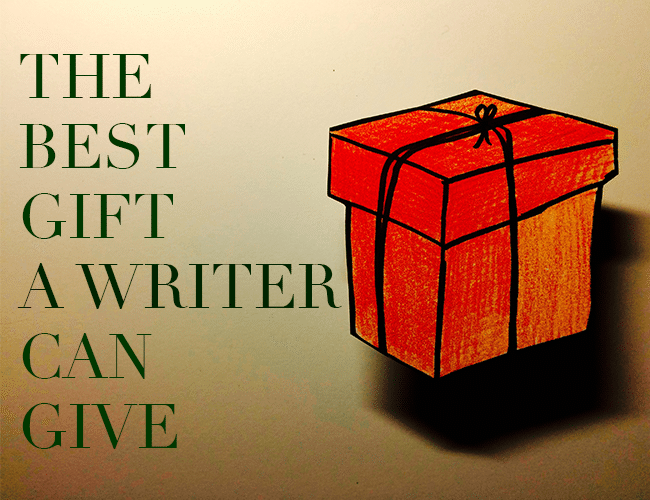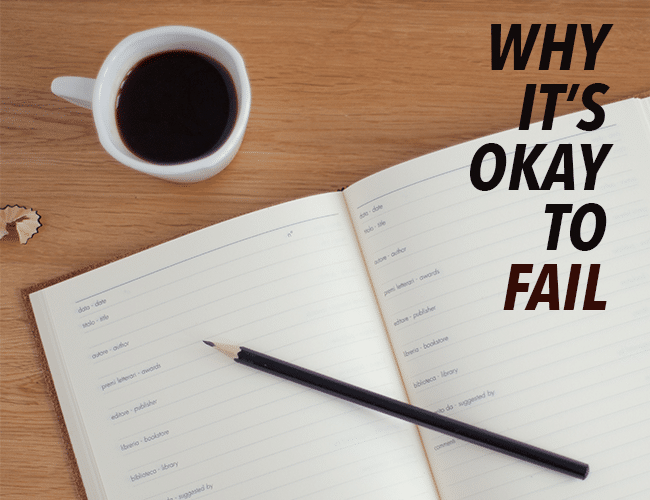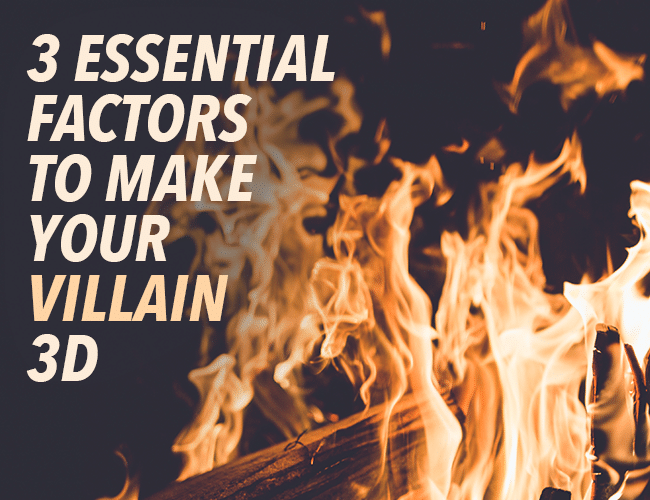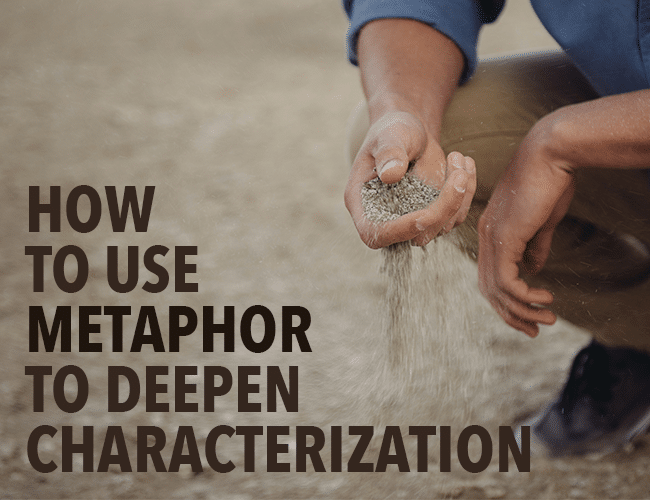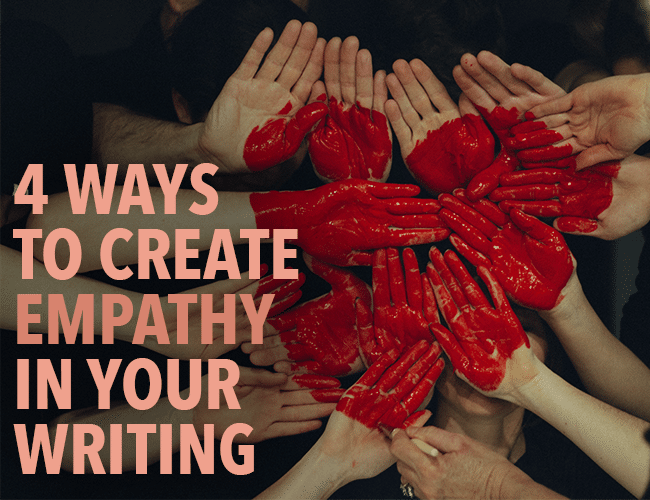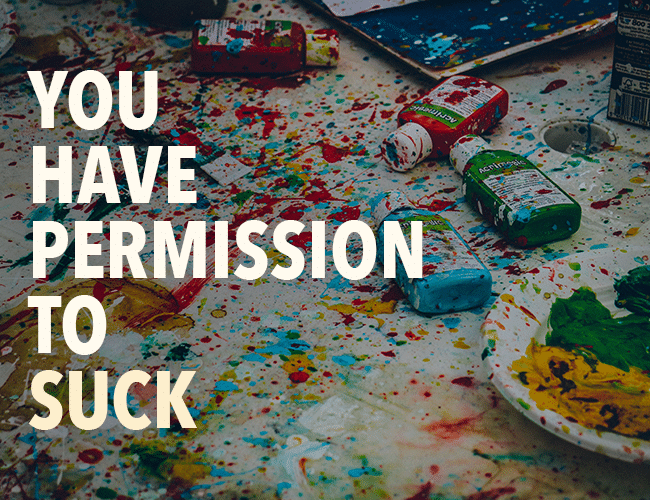The word “gift” has several meanings. Your writing is a gift. A natural ability, and something to give away without payment.
You can give gifts; socks, pencils, toys. Socks will get holes in them, pencils will wear down, and toys will break. Words can create images and bring back memories that will never wear down or break.
Write with intent. Give someone you love a story about how much they mean to you.
